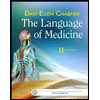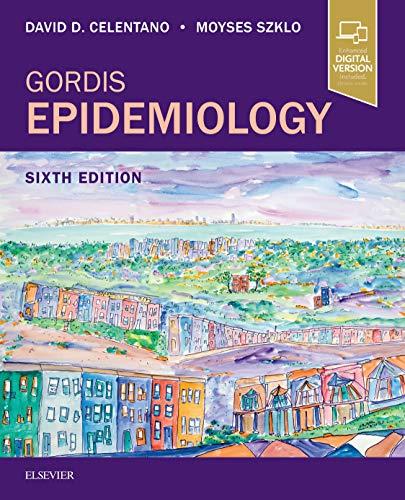
Concept explainers
To explain: The role of pathophysiology in the diagnosis and treatment of disease.
Introduction: Pathophysiology refers to the study of disordered functions caused due to the occurrence of disease in a living organism. Any kind of cellular change or damage due to injury, invasion by pathogens, or malnutrition may affect the whole body.
Explanation of Solution
The study of pathophysiology mainly considers the causes of disease, changes in normal physiological processes, clinical manifestations of the disease, diagnostic tests and available treatments. The study of changes in the anatomy and physiology of the body, and the mechanisms involved in the development of disease is known as pathophysiology. It helps to understand the cause-and-effect relationship that can be defined by the clinical manifestations. This helps to comprehend the clinical symptoms, their complications, and the treatment. As a result, the diagnosis can be made on the basis of a specific disease. The diagnostic tests are performed based on the patient’s clinical symptoms and medical history. The therapy and treatment of the disease are also decided by considering the manifestations of the disease for fast recovery.
Want to see more full solutions like this?
Chapter 1 Solutions
EBK GOULD'S PATHOPHYSIOLOGY FOR THE HEA
 The Language of Medicine, 11eHealth & NutritionISBN:9780323370813Author:Davi-Ellen Chabner BA MATPublisher:Saunders
The Language of Medicine, 11eHealth & NutritionISBN:9780323370813Author:Davi-Ellen Chabner BA MATPublisher:Saunders Gordis EpidemiologyHealth & NutritionISBN:9780323552295Author:David D. Celentano, Moyses SzkloPublisher:ELSEVIER
Gordis EpidemiologyHealth & NutritionISBN:9780323552295Author:David D. Celentano, Moyses SzkloPublisher:ELSEVIER Nutrition Through The Life CycleHealth & NutritionISBN:9781337919333Author:Brown, Judith E.Publisher:Cengage Learning,
Nutrition Through The Life CycleHealth & NutritionISBN:9781337919333Author:Brown, Judith E.Publisher:Cengage Learning, Health: The Basics (13th Edition)Health & NutritionISBN:9780134709680Author:Rebecca J. DonatellePublisher:PEARSON
Health: The Basics (13th Edition)Health & NutritionISBN:9780134709680Author:Rebecca J. DonatellePublisher:PEARSON Understanding Nutrition (MindTap Course List)Health & NutritionISBN:9781337392693Author:Eleanor Noss Whitney, Sharon Rady RolfesPublisher:Cengage Learning
Understanding Nutrition (MindTap Course List)Health & NutritionISBN:9781337392693Author:Eleanor Noss Whitney, Sharon Rady RolfesPublisher:Cengage Learning Introduction To Health PhysicsHealth & NutritionISBN:9780071835275Author:Johnson, Thomas E. (thomas Edward), Cember, Herman.Publisher:Mcgraw-hill Education,
Introduction To Health PhysicsHealth & NutritionISBN:9780071835275Author:Johnson, Thomas E. (thomas Edward), Cember, Herman.Publisher:Mcgraw-hill Education,





